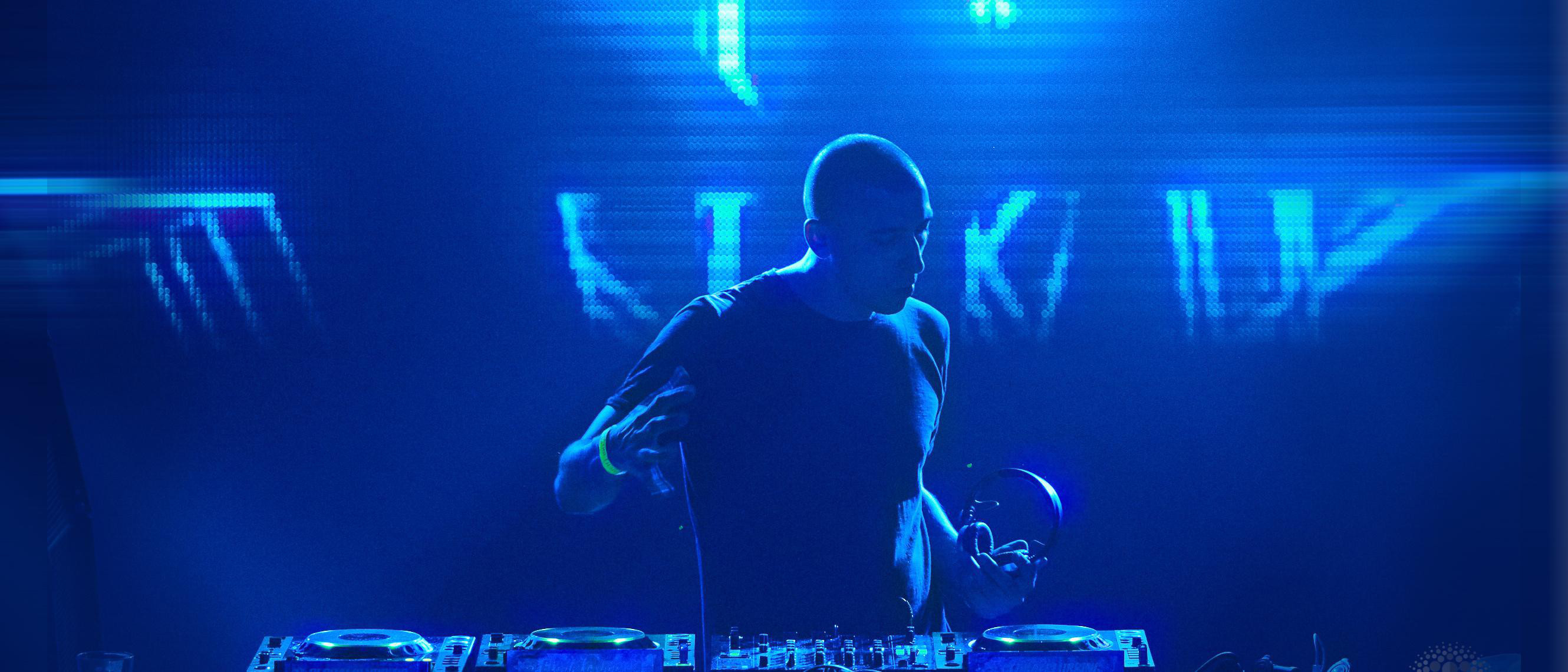
Acerca de:
One of the more offbeat acts to emerge during the psychedelic era, the West Coast Pop Art Experimental Band were certainly eclectic and ambitious enough to live up to their slightly clumsy moniker, capable of jumping from graceful folk-rock to wailing guitar freakouts to atonal, multilayered, avant-garde compositions at a moment's notice, but they also reflected a strongly divided creative mindset, with Bob Markley, the lyricist and ostensive leader of the group, on one side and the rest of the band on the other.
Danny Harris and his brother Shaun grew up in a musical family -- their father, Roy Harris, was a respected composer, and their mother, Joanna Harris, was a pianist who taught at Juilliard. In 1962, their family relocated to Los Angeles and the Harris Brothers joined a local rock band called the Snowmen, with Danny on guitar and Shaun on bass. Danny and Shaun attended the same high school as Michael Lloyd, who was playing guitar in another, more successful local group called the Rogues; Shaun was recruited to join the Rogues as bassist, and soon Michael, Shaun, and Danny began working together on music of their own. They installed a makeshift recording studio at Lloyd's house, and cut a handful of fine singles under the name the Laughing Wind, with John Ware as their drummer. The Laughing Wind had become acquainted with noted L.A. producer and scenester Kim Fowley, and Fowley introduced the band to Bob Markley, the Oklahoma-born son of a wealthy oil tycoon who had studied law but had ambitions of making a name for himself in music, having released an unsuccessful single for Reprise Records. Markley owned a large mansion in Hollywood where he played host to the Yardbirds, who played a party at his home when they found they couldn't book a public show due to problems with work permits. Markley was impressed by the attention the band received from the audience of music business insiders and teenage girls, and decided he wanted to form a band rather than work as a solo act. Markley liked the Laughing Wind well enough that he made them an offer: if he could join the group as vocalist and lyricist, he would bankroll touring expenses and new gear, including a full light show. The band agreed, and soon Markley had renamed the group the West Coast Pop Art Experimental Band; he also drew up contracts that saw to it that he owned the group's name, as well as their publishing.
In 1966, Markley arranged for the West Coast Pop Art Experimental Band to release their first album, Part One, which appeared on a small local label, Fifo Records; it was largely devoted to covers (many recorded by the Laughing Wind before Markley's involvement), though he did contribute some originals such as "Insanity" and "Don't Break My Balloon." While the album's sales were modest, the band won a following in Los Angeles for their adventurous sound and elaborate light show, and they landed a deal with Reprise Records. The WCPAEB's first major-label album, Part One, was the first full flowering of the group's musically ambitious side, through Markley's lyrics tended to draw a polarized reaction from listeners; the album also saw the group expand into a sextet with the addition of guitarist Ron Morgan, another former member of the Rogues who arrived as tensions grew between Markley and Lloyd, the latter of who thought little of Markley's talents. Lloyd was gone from the lineup for their third LP, Vol. 2: Breaking Through, released later in 1967, with all but two songs credited to Markley and Shaun Harris. By the time the group began work on their third album, the WCPAEB were beginning to splinter -- Danny Harris left the band due to health problems, with Morgan handling all the guitar chores, and John Ware was out as drummer, with session musician Jim Gordon taking his place. The finished product, A Child's Guide to Good and Evil, is often cited as the band's best and most adventurous work, but Markley's convoluted lyrics became increasingly pretentious and bizarre, and when the album failed to sell, they were dropped by Reprise.
The Harris Brothers and Lloyd formed a short-lived group called California Spectrum, but when Jimmy Bowen, who had produced the group's earlier work, launched his own label, Amos Records, the WCPAEB landed a new record deal. The group's 1969 release Where's Daddy? credited Markley and the Harris Brothers, though Michael Lloyd and Ron Morgan also played on the sessions; the album featured several songs that dealt with young women in a somewhat disturbing manner, and once again they failed to connect with a larger audience. Even by this band's standards, the West Coast Pop Art Experimental Band's swan song was curious: Markley opted to rename the group Markley, and recorded an album titled A Group, though the full WCPAEB lineup appeared on the LP. A Group received little notice, and soon the group was history under either name. Lloyd went on to a successful career as a producer and A&R man, Shaun Harris launched a brief solo career before going into film, Ron Morgan went on to play with Three Dog Night, Danny Harris divided his time between acting and folk music, and Bob Markley produced material for other artists before he died in 2003. ~ Mark Deming, Rovi
Género:

